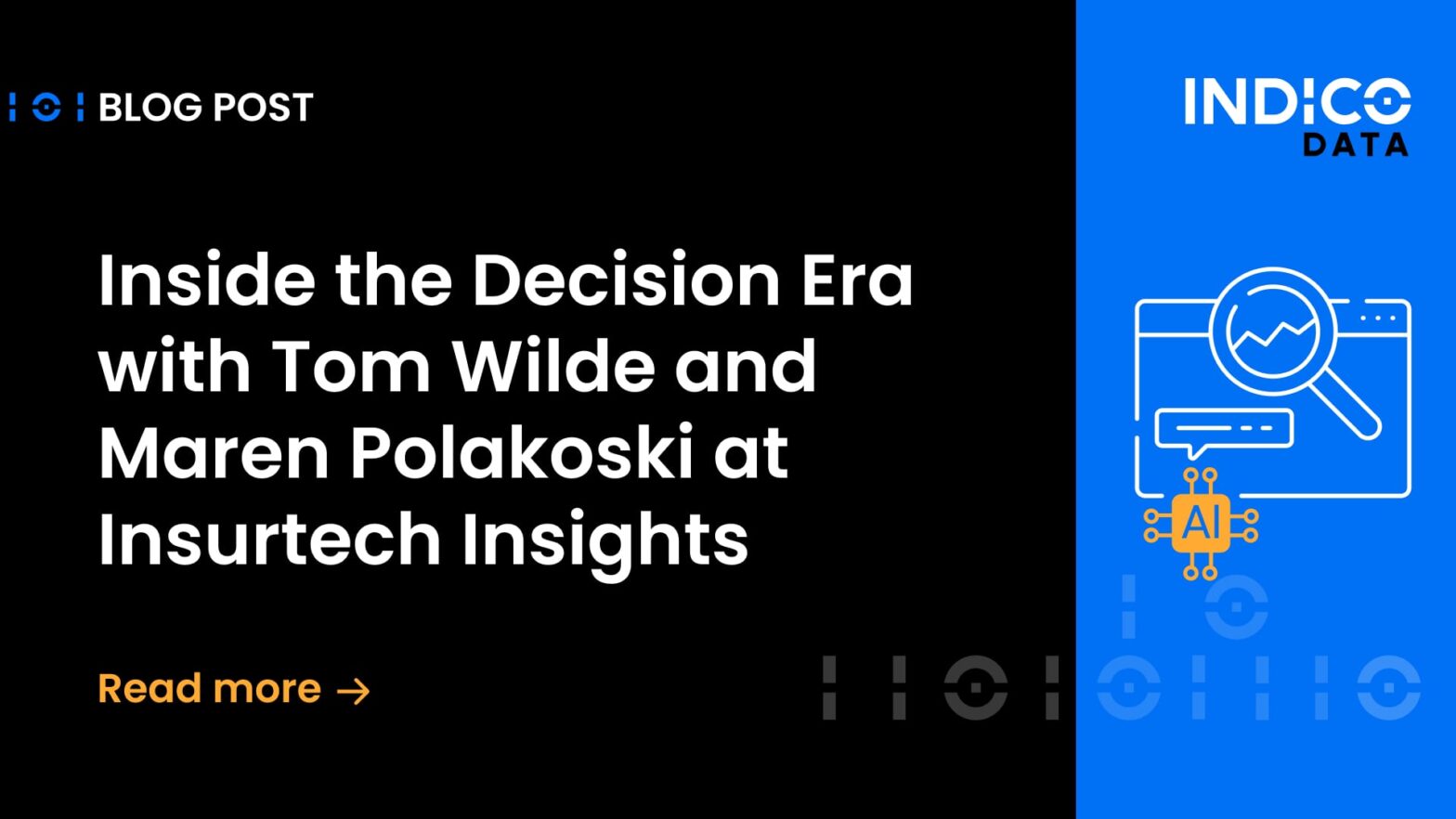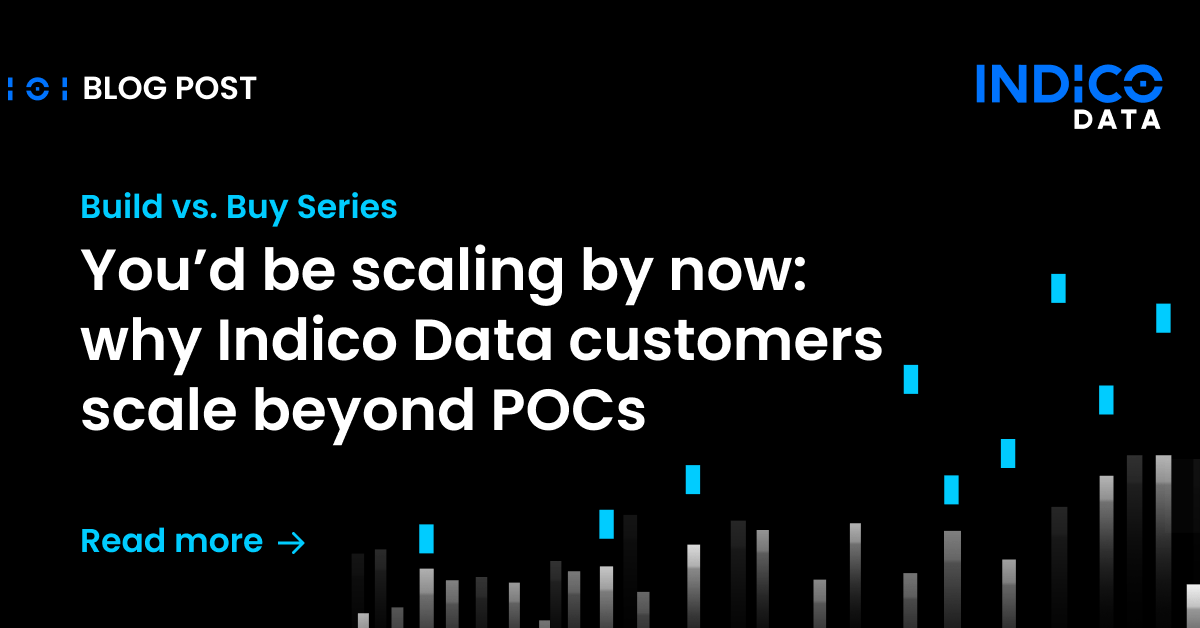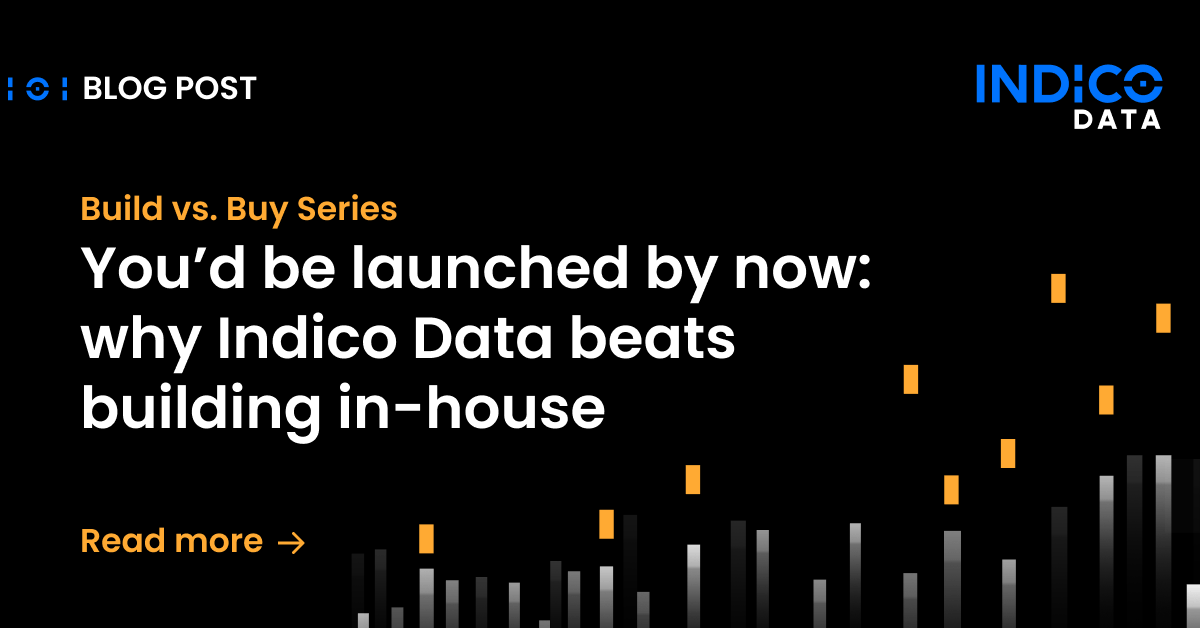Automated underwriting in insurance has the potential to revolutionize the insurance provision process by streamlining its complexities. Its introduction signifies an innovative approach to leveraging technology for assessing risks. However, in this exciting new world of AI, it is crucial to examine what underwriting in insurance is to understand AI and how it can be used to support it. According to Insurance Thought Leadership, “87% of insurance carriers and TPAs said there is an ever-increasing need to inject innovative and highly configurable services into the claims intake and dissemination process.”
Insurance underwriting involves evaluating potential policyholders to determine associated risk. An underwriter stipulates the premiums and terms of the coverage by evaluating the applicant’s history, health status, and other critical personal data. However, with the volume of digital data surging exponentially, manual underwriting has encountered difficulties such as errors and inefficiencies due to demands on speed and volume. This led to the development of insurance underwriting automation — systems that streamline the underwriting process by analyzing a vast swath of data in record time.
Enhanced by AI and ML technology, the automated underwriting system expedites the process and elevates its precision. It can help ensure an unbiased, data-driven evaluation of applicants’ risk factors, minimizing bias from a manually conducted assessment. This system helps improve underwriting efficiency, effectively accommodating an increasing number of applications with heightened accuracy. Artificial intelligence, especially generative AI, is also key in shaping future underwriting workflows. Data quality and algorithms are expected to enhance the judgment of underwriters. While AI holds immense potential, it cannot replace human judgment, particularly in unique or complex cases where historical data may fall short.
Automated underwriting has been a game-changer in the insurance industry, streamlining the tedious and time-consuming underwriting process. With the help of advanced algorithms, automated underwriting has made it possible to analyze a prospect’s risk factors quickly and accurately. These algorithms can process large and diverse data sets, including unstructured data, and transform them into actionable analytics for underwriters. The automated risk assessment process has not only improved the speed and efficiency of underwriting but has also ensured a thorough evaluation process, reducing the risk of errors and misjudgments. The use of automated underwriting has become increasingly popular in the insurance industry as it provides insurers with a competitive edge by offering faster and more accurate risk assessments. In conclusion, automated underwriting is a vital tool for insurers, and it will continue to revolutionize the underwriting process by making it more efficient, accurate, and reliable.
Automated underwriting in insurance is shaping the insurance industry’s future by substantially enhancing underwriting efficiency and accuracy. By transforming unstructured data into comprehensible analytics and implementing cogent underwriting algorithms, this innovative system ensures an optimized, automated risk assessment, subsequently augmenting the entire underwriting process. Furthermore, it fosters expedited policy issuance, yielding a more satisfactory customer experience and elevating the industry to new innovative heights.
Pros and cons of automated underwriting in insurance
As businesses transition from traditional manual underwriting practices to automated solutions, the debate surrounding the pros and cons of AI and automated underwriting in insurance intensifies. Automated underwriting offers a streamlined process, providing insurers with a more efficient, robust, and systematic approach to decision-making. By harnessing AI and running sophisticated algorithms, insurance companies can assess risks using vast quantities of data in record time, boosting productivity and accuracy.
Automated underwriting facilitates a more customer-friendly experience by fast-tracking insurance applications, offering quick quotes, and expediting policy issuances. This enhanced efficiency contributes to heightened customer satisfaction, a crucial aspect in today’s competitive market.
Artificial intelligence (AI) integrates computational power with complex neural network systems, enabling machines to exhibit human-like intelligence. In the case of artificial intelligence underwriting, AI is employed to analyze data, project risk factors, and make decisions based on stringent algorithms. Introducing this technology into the underwriting process creates ripples of disruption, shifting traditional practices and challenging established paradigms.
However, despite its advantages, automated underwriting has potential pitfalls. Automated decision-making may lack the nuanced understanding and personal touch that human underwriters bring to complex cases. Additionally, the reliability of automated underwriting hinges heavily on the quality and accuracy of data. Inaccurate or biased data can lead to skewed results, emphasizing the importance of meticulous data management.
As the insurance industry embraces automated underwriting, it’s essential to wield this tool prudently, exploring its potential while acknowledging and addressing its limitations. Striking a balance between efficiency and upholding the core principles of insurance ethics and responsibility will shape the trajectory of further advancements in underwriting technology.
Related content: Artificial intelligence underwriting: Transforming industries with precision and efficiency
The different types of automated underwriting in insurance systems
Automated underwriting in insurance comes in various forms, each serving distinct roles but conjoined in delivering efficiency, speed, and precision. The evolution of automated underwriting systems is spectacular, with companies like Indico Data leading the charge. The intelligent design of these systems has built a bridge between unstructured data and actionable insights, bringing notable transformation to the underwriting sector overall.
One key manifestation of automated underwriting systems rests within an aspect referred to as underwriting automation tools. These tools are designed to ingest unstructured data and exact the much-needed information, pushing it downstream to a designated system or platform. The result is a speedy and more accurate decision-making process within the underwriting system, enhancing the efficiency of the overall process.
A second approach to automated underwriting systems emphasizes enhancing underwriting with automation. Intelligent document processing is integrated with artificial intelligence and machine learning to create robust, automated underwriting systems. These systems are adept at processing high volumes of data, allowing insurance companies to make precise risk assessments quickly. Integrating AI and ML technologies results in predictive models that provide a more granular understanding of potential risks, thereby enhancing the precision of premium pricing.
These two approaches exemplify how adopting automated underwriting systems has greatly benefited the insurance industry. Their evolution signifies the leap from traditional, manual underwriting methods to efficient, precise, and fast automated systems. Their increasing usage within the industry underscores their crucial role in modernizing the insurance underwriting process. Whether enhancing decision-making or bringing immense efficiency, automated underwriting systems drive the insurance industry’s strategic evolution.
Related content: How underwriting process automation is shaping insurance and financing
Regulatory considerations for underwriting automation in insurance
As automated underwriting technologies evolve, regulatory bodies are paying close attention. Regulations around data privacy, such as the General Data Protection Regulation (GDPR) in Europe, are influencing how companies collect and use data in the underwriting process. Companies must ensure that their automated systems comply with these regulations, which may require adjustments to data processing and storage practices.
In addition, there’s a growing focus on the ethical implications of AI and machine learning in decision-making processes, including underwriting. Regulators are beginning to demand more transparency in how automated decisions are made, particularly when those decisions affect individuals’ access to financing or insurance products. This could lead to the development of standards for explainable AI, where companies must be able to demonstrate how their systems arrived at a particular decision.
Save your spot in our upcoming webinar: From expertise to AI: bridging the knowledge gap in insurance underwriting
Frequently asked questions
- How does automated underwriting in insurance leverage AI and ML technology to enhance the efficiency and accuracy of the underwriting process? Automated underwriting in insurance harnesses the power of artificial intelligence (AI) and machine learning (ML) technology to significantly improve the efficiency and accuracy of the underwriting process. By utilizing sophisticated algorithms, these systems can analyze vast amounts of data in a short time, enabling insurers to make data-driven risk assessments quickly and accurately. AI and ML algorithms can identify patterns and trends within the data that human underwriters might overlook, resulting in more precise risk evaluations.
- What are the potential drawbacks or limitations of automated underwriting, particularly concerning the reliance on data accuracy and the absence of nuanced human decision-making? While automated underwriting offers numerous benefits, such as increased efficiency and faster decision-making, it also poses potential drawbacks. One concern is the reliance on data accuracy. Automated systems heavily depend on the quality and reliability of the data they analyze. Inaccurate or biased data can lead to erroneous conclusions, highlighting the importance of careful data management and validation. Additionally, automated underwriting lacks the nuanced understanding and personal touch that human underwriters bring to complex cases. Certain situations may require human judgment and empathy, which automated systems may struggle to replicate effectively.
- Can you provide specific examples of insurance companies or industry leaders who have successfully implemented automated underwriting solutions, and what results or benefits have they experienced from this transition? Several insurance companies and industry leaders have successfully implemented automated underwriting solutions, experiencing significant benefits from this transition. For example, companies like Indico Data have led the charge in developing intelligent automated underwriting systems that streamline the underwriting process and improve decision-making accuracy. By leveraging AI and ML technologies, these companies have been able to process high volumes of data quickly, make more precise risk assessments, and enhance the efficiency of their underwriting operations. This transition has resulted in faster policy issuance, improved customer satisfaction, and enhanced overall business performance for these industry leaders.


